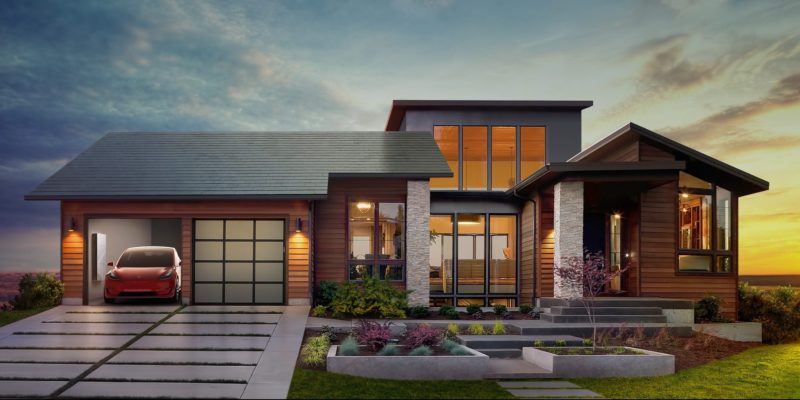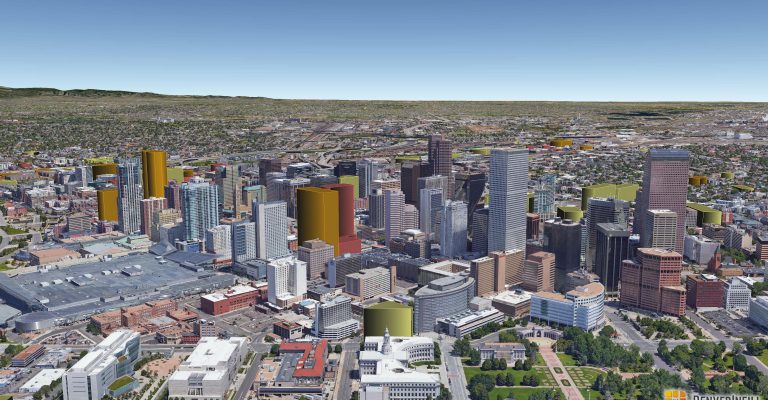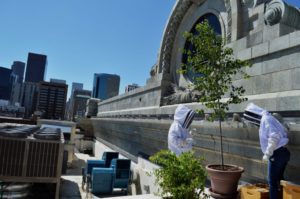At Kodiak Roofing we’re always watching new roofs being installed whether they are 10 feet above the ground on top of a hail damaged home in west metro Denver, or atop the newest skyscraper in Denver on 15th Street. And just when you thought the cranes and new development in Denver couldn’t speed up anymore, 2018’s proposed projects will have some of the more impactful additions to the Denver skyline. To take a look at the outlook of the skyline to come, click on the link below to check out the full scoop at DenverInfill.com. And from everyone at Kodiak Roofing, happy New Year’s!





